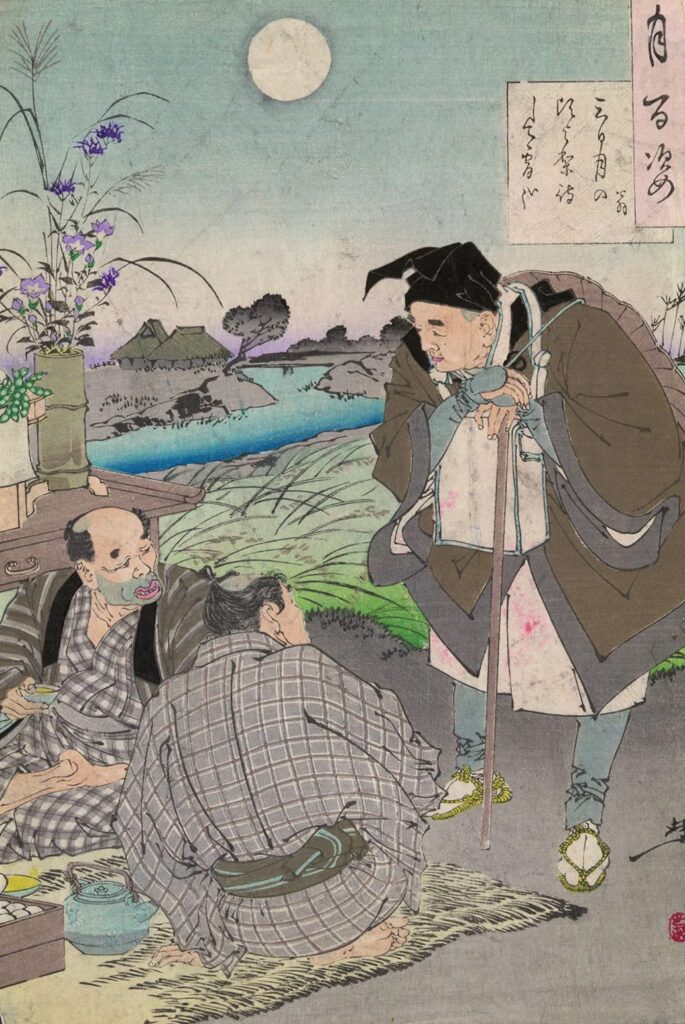
Where kineku come from, and how to use them

17 second movie haiku
create and share a mini masterpiece
A brief history of haiku
Kineku take their inspiration from traditional Japanese haiku poetry, which became an established form in the late 19th Century. Haiku are very short poems with a rigid structure that were originally used as an introduction to longer poems. Dating back to the 17th Century, haiku was transformed into a serious artform by the poet Matsuo Basho, who is still considered one of the great masters.
Often used as an introduction to poetry for beginners, the art of haiku is a challenging creative exercise for even experienced poets around the world. Early in their development haiku incorporated specific themes, such as nature, but as they evolved as a stand-alone form they could be on any subject. Their structure of three lines which are 5, 7 and then 5 syllables in length is pricipally what defines a haiku.
Widely known as a creative form and still popular today, in Japan more than a million people are currently thought to be active creating haiku under the guidance of a teacher.
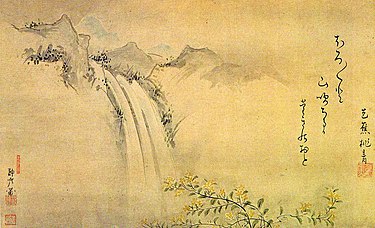
Haiku poem and landscape painting
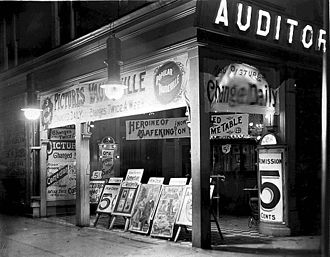
Nickelodeon
Short films, long roots
Cinema began as a short-form entertainment. The first film ever shown to a paying audience was the Lumiere brothers’ ‘Workers Leaving the Lumiere Factory’ made in 1895 in France. It was one minute long.
Within a few years, short movie picture shows had become a global phenomenon, much like internet content is today, and amusement arcades and vaudeville theatres installed projection machines to showcase short reels – and make money. Slot machines, such as Mutoscopes, took 1¢ for a viewing in the USA, and theatres charging a nickel (5¢) gave their name to Nickelodeons which screened content that was often unsalubrious and exploitative.
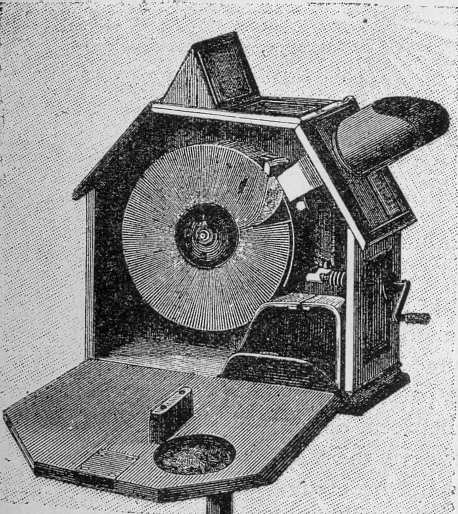
Mutoscope
A burgeoning movie business quickly saw the economic potential in this new technology and films soon became longer, and more respectable. Shady movie theatres were replaced by picture palaces which were fed content from an expanding production industry that would soon become dominated by Hollywood as European studios were disrupted by the First World War.
Today, there is still an Academy Award for Best Short Film, and TikTok, YouTube and Instagram have shown that short-films remain popular and hugely accessible, but the use of short films as a means of individual or artistic expression, is now largely confined to the fine arts.
Haiku as art. Poetry as movie.
Because of their strict length and syllable structure haiku are like little creative puzzles which take some skill to resolve. In order to complete one, words must be found and crafted together to be just the right length. Haiku are also designed to have an effect – to evoke an emotion or feeling.
It is both these elements which are at the heart of haiku as an art form – they are also the drivers behind applying the idea of haiku to movies. A poem, almost by definition, carefully crafts words to have an emotional effect or expression. Kineku takes the 17 syllable limit of a haiku and transposes it to a 17 second movie duration.
Kineku are movie poems.
Necessity & invention.
Creativity is sometimes defined as the ability to solve a problem in an original way. Obstructions – technical challenges, or intricate subject matter – can demand an innovative creative response because ready-to-hand or previous solutions do not fit the new problem.
Kineku, by their nature, impose a creative problem and challenge – how do you fit your idea into precisely 17 secs?
But the brevity of Kineku is also an opportunity – 17 secs is very achieveable no matter what kind of film you choose to make.
Film as Art
Since its invention, film has been a medium which has facsinated artists. But, there have been relatively few artists who worked on their own as filmmakers. This is perhaps because moviemaking was originally reliant on film technology which was a highly expensive photo-chemical process. To cover its production and distribution costs filmmaking needed to be commericially viable or rely on public or private finance.
The only genre in which filmmakers worked in any way like artists was animation. But even animation, being hugely labour-intensive, was difficult for individuals to sustain a continuous output.
Nonetheless, there have been moviemakers, like Norman McLaren, Lotte Reiniger and Dziga Vertov, who were fortunate enough to find themselves within a system where they were sponsored to experiment with film as an art form to show the world anew.
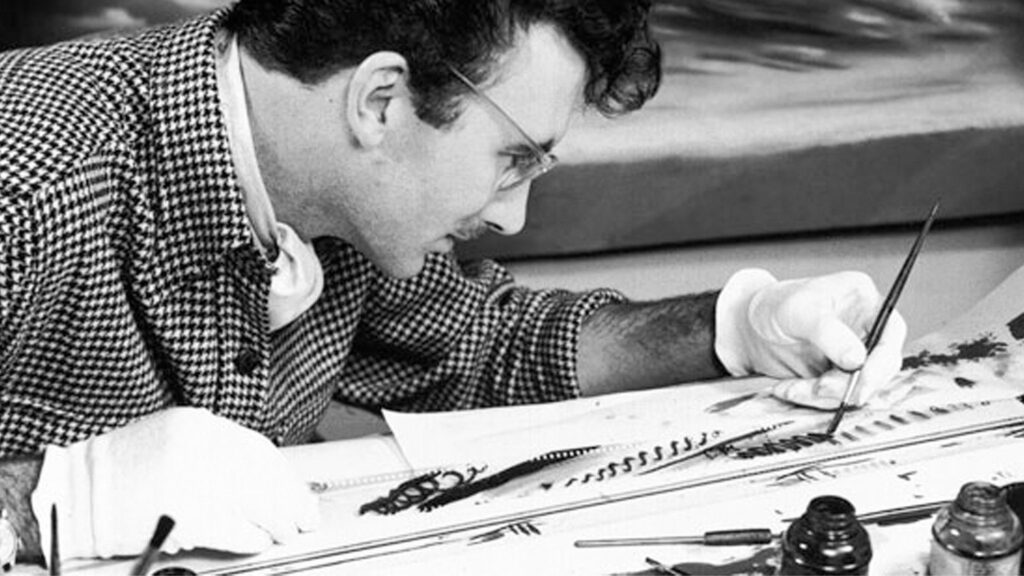
Norman McLaren
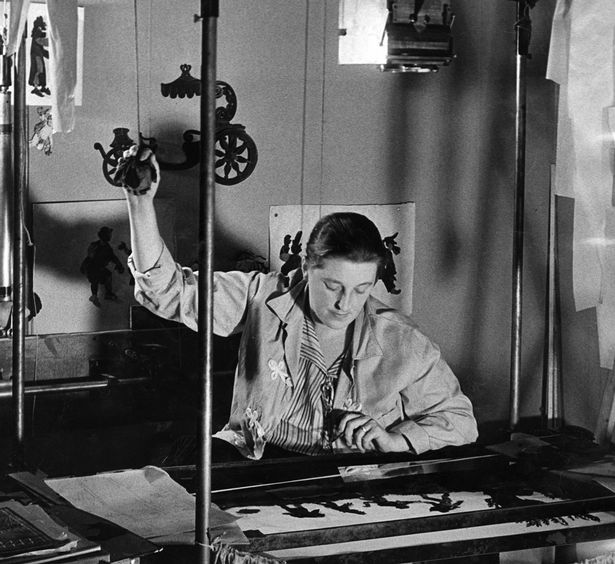
Lotte Reiniger
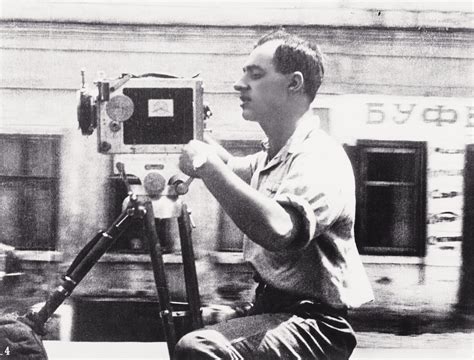
Dziga Vertov
But the economics of film and video production meant it remained primarily in the domain of commercial or public service corporations, and a highly complex, highly skilled collaborative medium.
The introduction of digital technology has changed all that.
Technological convergence and miniaturisation mean that moviemaking equipment that would once have filled a van or even a truck, now exists in a single, pocket-sized device.
Never, have the tools to create and distribute high quality movies been more widely available than they are today.
Scope
The Kineku Project seeks to be a framework to encourage individuals or groups to make expressive, crafted movies that can be shared around the world.
Its aim is to be a form for both newcomers and experienced moviemakers to experiment and discover – working as individuals or in groups – and recover moviemaking as an expressive, and accessible form of art.
Like its haiku source, Kineku is a challenge and an opportunity – it requires creative thinking and yet is simple enough to achieve results on limited resources.
It is ideal for those seeking a tool to develop wellbeing, and like many creative practices meets a range of the criteria which are valuable in achieving ‘mindfullness’ and has the flexibility to be both an individual or a group activity.

Norman Mclaren

Dziga Vertov
Projects
If you would like to set up a Kineku project for your school, club or workplace, or would like to start a Kinekulab and would like some guidance, please contact us using the Contact button below. We can offer hints, tips and advice and will showcase the work of projects sent to the Kineku YouTube Channel Playlist.
Kineku also offers project leadership and can run predesigned structured projects which include tuition in production and editing techniques. In addition, Kineku can also offer advice and share knowledge of funding opportunities (UK only) for groups seeking support for educational, health and wellbeing projects.
For more details click on the Contact button below
